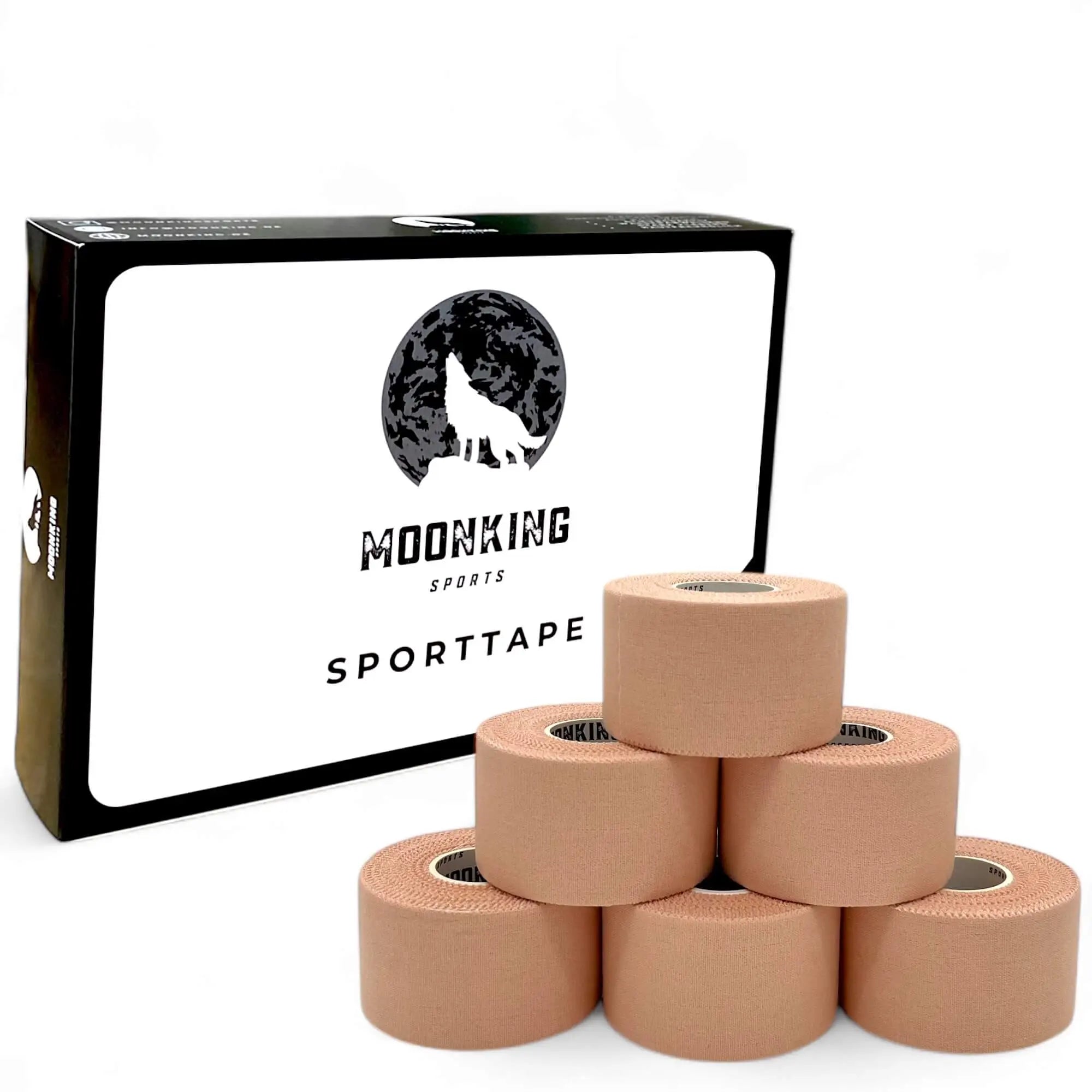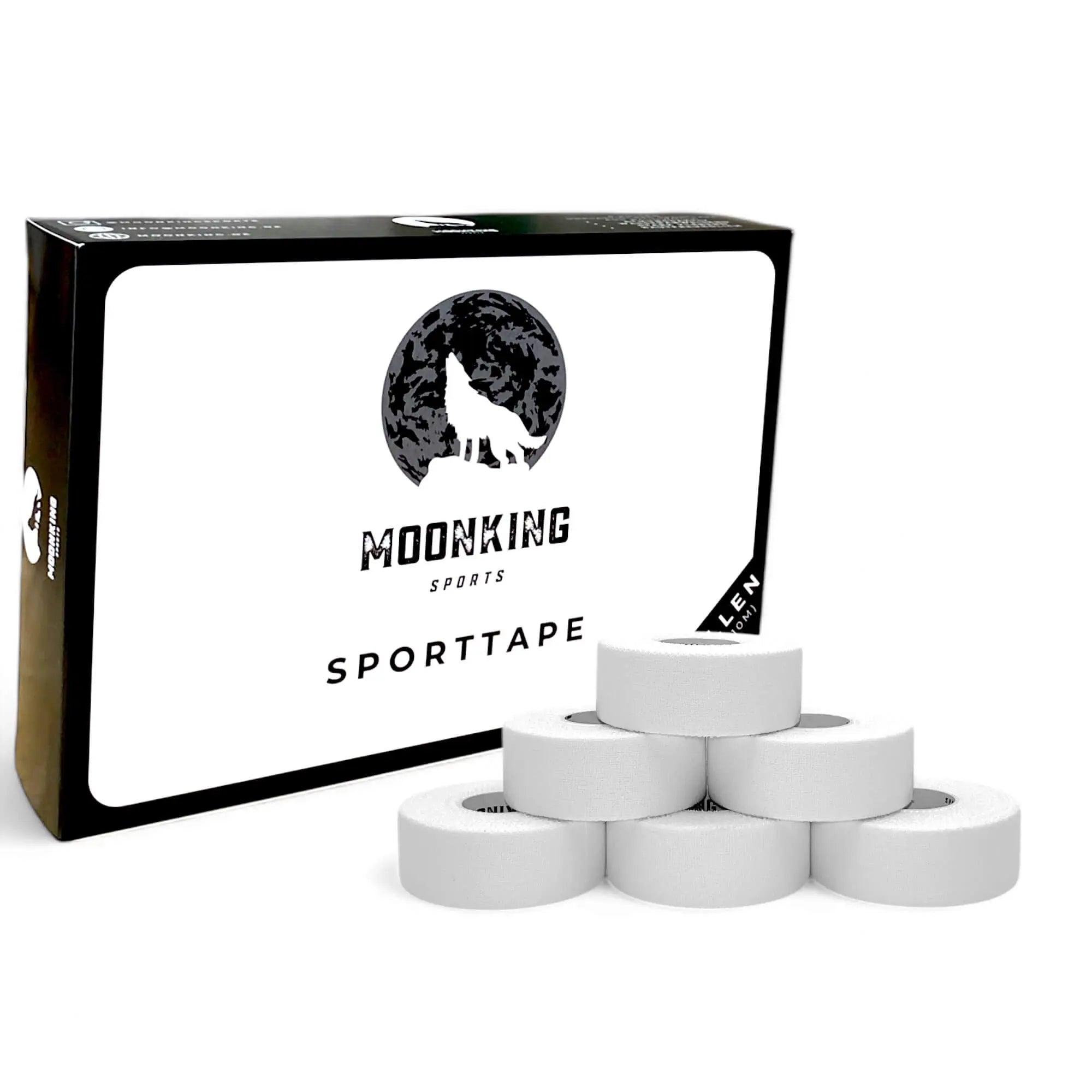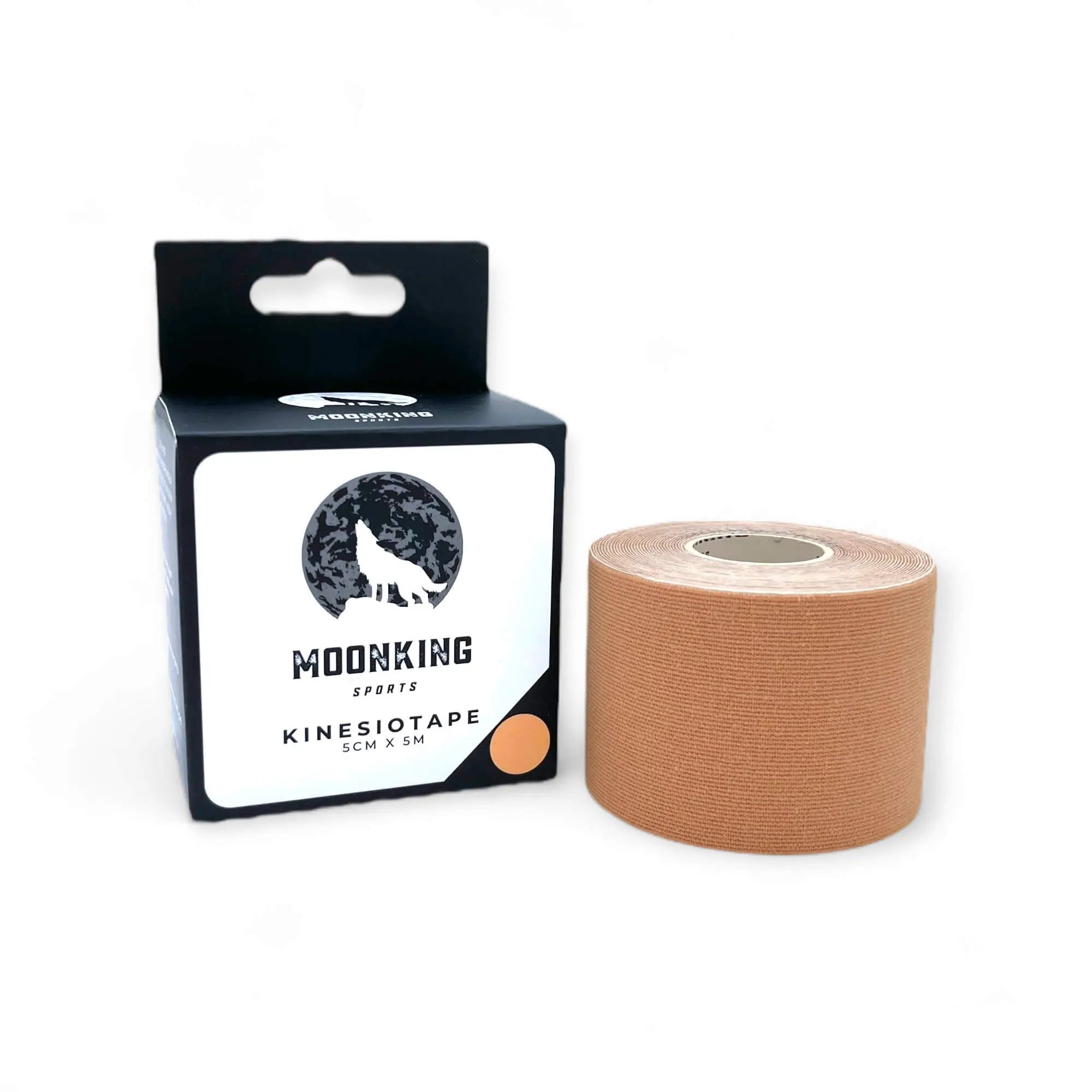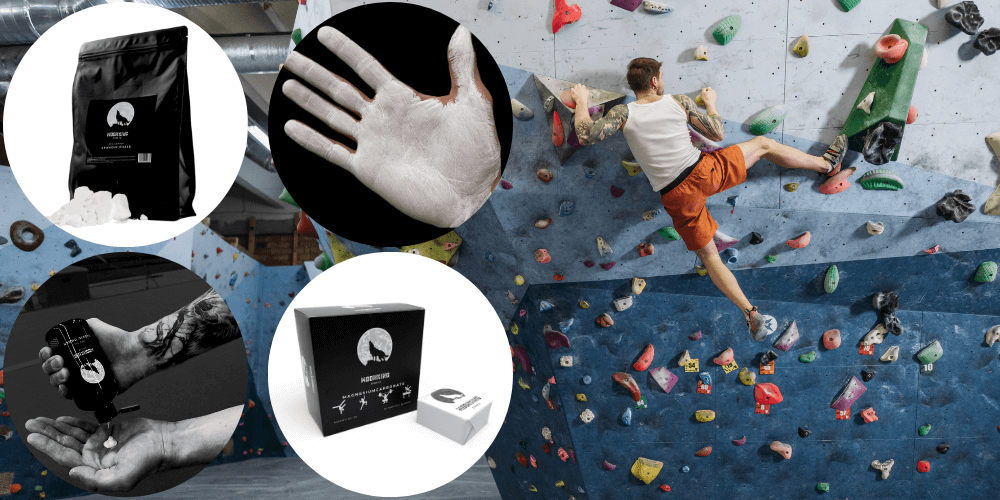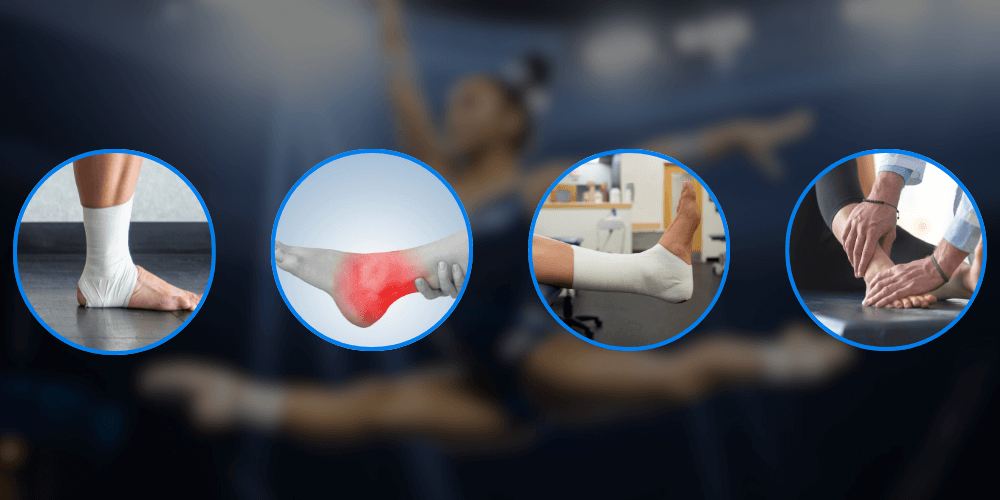Kinesio tape has established itself as a proven tool in sports medicine, physical therapy, and fitness, supporting muscles and joints, relieving pain, and promoting recovery. However, to maximize the benefits of kinesiology tape, it's crucial to use it correctly. This article provides a thorough and easy-to-understand guide on how to use kinesiology tape correctly—from preparation to ideal application. This way, you'll benefit from improved stability and greater freedom of movement in the long term.
1. What is kinesiology tape?
Kinesiotape is an elastic, skin-friendly tape designed to support the musculoskeletal system without restricting full range of motion. It differs from conventional sports tape in that it stretches with the skin, providing natural movement support. Common applications include:
-
Pain relief: By improving blood circulation and relieving pressure on the affected muscles.
-
Joint stabilization: Supports overstressed or injured joints without immobilizing them.
-
Promotes regeneration: Supports the healing process by stimulating microcirculation.
2. The advantages of kinesiology tape
Kinesiotape, when used correctly, brings numerous benefits:
-
Pain relief and relief: Reduces pain from strains, sprains and muscular overload.
-
Improved blood circulation: Gently buoying the skin promotes blood circulation, which supports the healing process.
-
Increased stability: Supports muscles and joints without restricting their natural mobility.
-
Flexibility: Thanks to its elasticity, the tape adapts to every movement – ideal for dynamic sports.
-
Prevention: Can help prevent injuries by providing optimal support to the muscles and reducing overload.
3. Preparation: The right skin care
Before applying kinesiology tape, it's important that your skin is clean and dry. This ensures optimal adhesion and full effectiveness.
Preparation steps:
-
Cleaning: Wash the skin thoroughly with mild soap and warm water to remove sweat, oil and dirt.
-
Drying: Dry the skin completely – moisture can impair the adhesion of the tape.
-
No creams or oils: Avoid using lotions or creams before applying kinesiology tape, as these will reduce its adhesive strength.
4. Choosing the right kinesiotape
There are different types of kinesiology tape, which differ in material, elasticity, and adhesive strength. Make sure you choose a high-quality tape that is certified and suitable for your specific needs. Commonly offered variants include:
-
Standard Kinesiotape: Ideal for everyday use and to support the muscles.
-
Waterproof kinesiology tape: Particularly suitable for intensive training sessions and sports that involve heavy sweating.
-
Breathable tape: Improves comfort and prevents skin irritation.
5. Different application techniques
Depending on the needs and objectives, there are different application patterns:
I-strip
-
Description: A single strip that is applied along the affected muscle area.
-
Application: Excellent for support and pain relief in muscle strains and overuse.
Y-stripes
-
Description: A Y-shaped strip commonly used on joints and areas with multiple muscle strands.
-
Application: Ideal for stabilizing complex muscle groups and promoting blood circulation.
Fan stripes
-
Description: Several small strips arranged in a fan.
-
Application: Well suited for reducing swelling and promoting lymphatic drainage.
6. Step-by-step instructions for use
Here you will find detailed instructions on how to use Kinesiotape correctly:
Step 1: Preparing the skin
-
Cleanse: Wash your skin thoroughly to remove oil and sweat.
-
Drying: Make sure the skin is completely dry.
Step 2: Cutting the tape
-
Measure the length: Measure the required length – the tape should be slightly longer than the affected area.
-
Round the edges: Cut the ends of the tape diagonally. Rounded edges prevent the tape from peeling off too quickly.
Step 3: Applying the tape
-
Setting the anchor: Start at one end of the tape. Avoid tension there so the tape adheres well.
-
Applying the tape: Guide the tape along the desired muscle or joint area. Make sure you maintain the recommended tension (usually about 10–15% tension, depending on the application).
-
Finish: Apply the tape without tension at the end to ensure a good hold.
Step 4: Activating the adhesive force
-
Rub in: Rub the tape vigorously with your hands to activate the adhesive and improve adhesion.
7. Tips and tricks for optimal use
-
Experiment with tension: Depending on the problem, you can vary the tension. Start with a moderate tension and adjust it if necessary to achieve the desired effect.
-
Pay attention to the tape path: The tape path should follow the natural muscle structure to provide the best support.
-
Regular replacement: Kinesiotape should be replaced regularly – especially after intensive training or when the skin has changed (e.g. due to sweating).
-
Learn from tutorials: There are many videos and guides that demonstrate correct use. Watch different techniques to find the method that works best for you.
8. Common mistakes and how to avoid them
Error 1: Too much tension
-
Problem: Too much tension can restrict blood flow and cause pain.
-
Solution: Use only a light tension (approx. 10–15%).
Mistake 2: Insufficient skin preparation
-
Problem: If the skin is not clean and dry, the tape will not adhere properly.
-
Solution: Make sure to cleanse the skin thoroughly and dry it completely.
Mistake 3: Forgetting to round the ends
-
Problem: Sharp ends tend to break off quickly.
-
Solution: Always cut the ends of the tape diagonally.
Mistake 4: Wrong tape for the intended purpose
-
Problem: Not every tape is suitable for every purpose. Using the wrong tape can prevent the desired effect.
-
Solution: Choose a tape that meets the specific needs of your sport or injury.
9. Contraindications and warnings
-
Skin irritations: If you have sensitive skin, you should choose a hypoallergenic tape and perform a skin test before use.
-
Open wounds: Kinesiotape should not be used on open or severely injured skin areas.
-
Allergies: If you are allergic to the adhesive, consult a doctor before using the tape.
10. Conclusion
Applying kinesiology tape correctly is key to reaping its many benefits—from pain relief to muscle support to improved circulation. With proper preparation, the right tape, and optimal application technique, you can improve your performance and prevent injuries.
In summary:
-
Preparation: Clean, dry skin and correctly trimmed, rounded ends.
-
Application: Start without pulling on the anchor, place the tape along the muscle structure with slight tension and finish without tension.
-
Tips: Experiment with tension and learn different application patterns (I-strips, Y-strips, fan strips).
-
Avoid mistakes: Ensure appropriate tension and sufficient skin preparation to achieve optimal results.
By consistently applying these techniques, you can ensure that you utilize the full potential of kinesiology tape and thus sustainably improve your athletic performance.
Important note: This article is not a substitute for a medical consultation; it is provided for informational purposes only. If you have any health concerns or concerns, please consult a specialist or physiotherapist.



